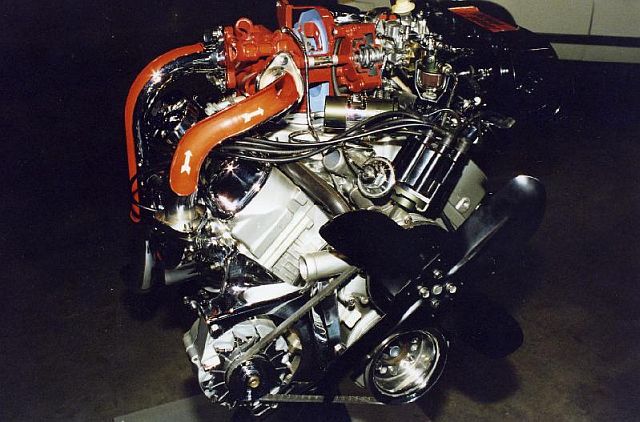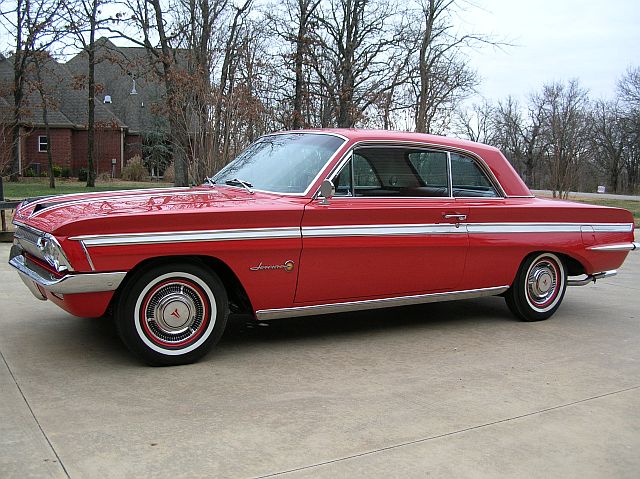Having owned an Oldsmobile 4-4-2 since I was 15, I’m quite familiar with Oldsmobile Rocket V8 power. Oldsmobile produced the first one in 1949, giving birth to the famous Rocket 88. As General Motors’ experimental division, Olds was given the task of being somewhat more futuristic than Chevrolet, Pontiac, Buick, or Cadillac.
So it’s with a little bit of irony that America’s first production turbo engine was an Oldsmobile-engineered aluminum Buick 215cui V8 installed in an F-85 model called the Jetfire [1]. This 1962-63 model offered the hallowed one horsepower per cubic inch. (Relax, Chevy folks, but the Corvair Monza Spyder’s turbo six was introduced a month later.)
Oldsmobile engineers worked with Garrett AiResearch to develop a turbo. They implemented a waste gate – a feature used in aircraft – to limit the supply of boost to 5psi so the turbo wouldn’t spin too fast for comfort. Another interesting feature was how Oldsmobile engineers combated carbon buildup that was common in turbo engines – they used a fluid-injection system made of a concoction of distilled water, methyl alcohol, and a rust inhibitor.
This “Turbo-Rocket Fluid [3]” was injected into the air/fuel mixture, which evaporated and absorbed the heat from the intake air, cooling combustion chamber temperatures and preventing detonation. Contrast this with Chevrolet’s solution to the detonation problem with the Corvair, where was simply to lower the compression.
As the F-85 was Oldsmobile’s compact, the Jetfire could be thought of as a mini Starfire with brushed aluminum side trim and other styling flourishes. It was a stylish 2-door hardtop that received accolades as long as it wasn’t equipped with the Hydra-Matic automatic transmission. So why did it last all of two years? Because there was a lot that could go wrong. Gaskets and diaphragms wouldn’t hold up, and the aluminum Buick V8 had cooling issues. In all, 9,607 were built before it was discontinued. And while the advent of the 4-4-2 was a year later, it can’t be considered a successor because it was never a top-of-the-line, sophisticated performance car in the same vein.


